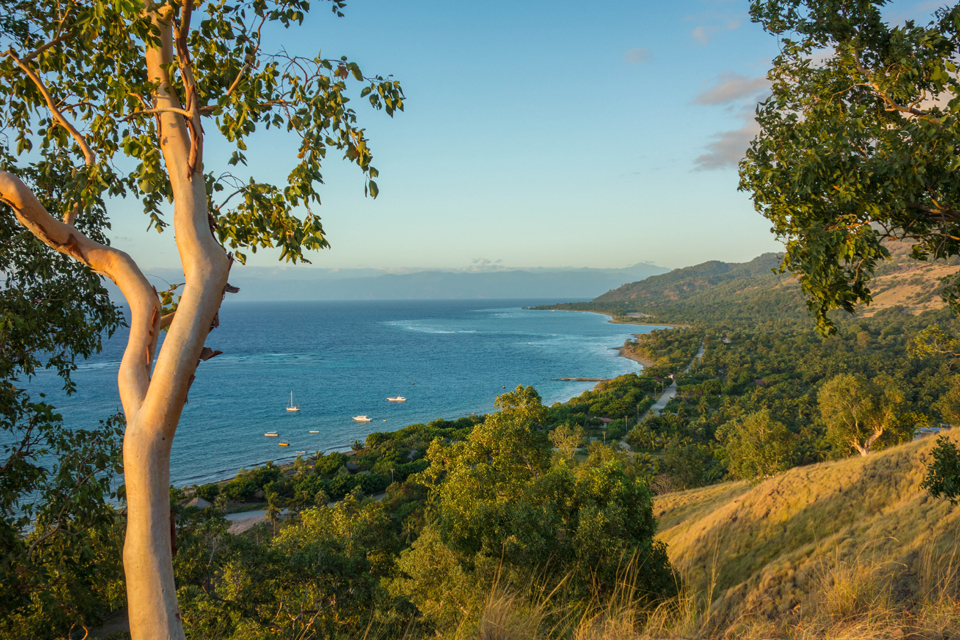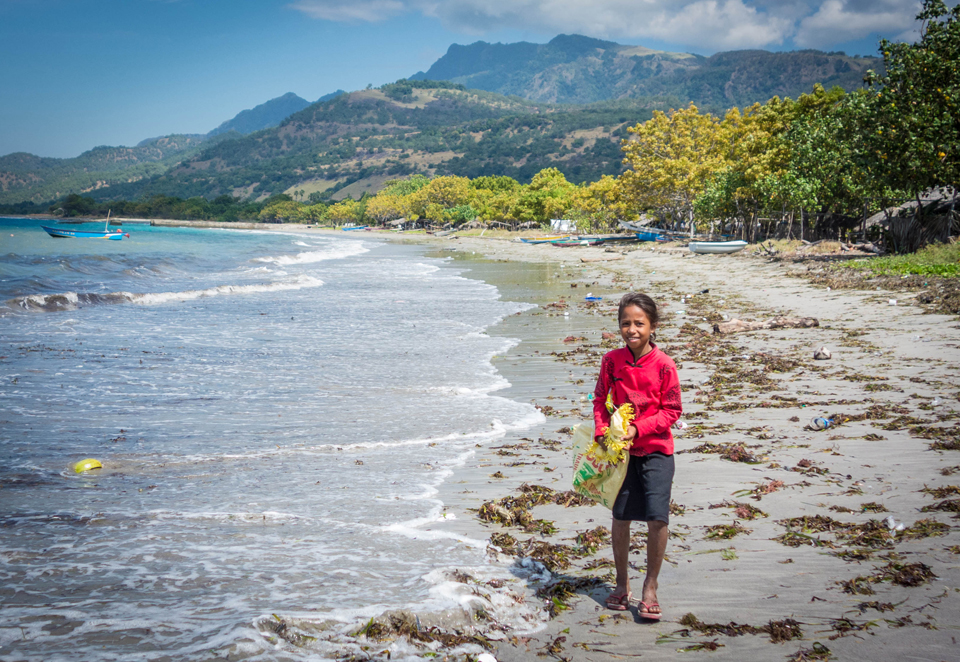An Island’s Island. Exploring Atauro, East Timor (#71)
2014 JuneAt 15,410 sq km, East Timor is itself one of the world’s smallest countries, taking up roughly half of the island of Timor. The temptation to make one more step over water to an even smaller island is strong though, and so on my third day exploring, I got up at 5 a.m. and prepared for a morning “ferry” to Atauro Island, 25 kilometers north of Dili over a crevasse that dips 3500 meters below sea level. A rocky ride awaited…
There are two options to reach the island. The cheapest is to find a Timorese boat, most of which look highly unseaworthy but will cost just US$5. I went for the safer option of a foreign run service called Tiger at US$45, a nifty speedboat that runs infrequently, pretty much whenever enough people have expressed interest in going and only if the waves aren’t too high. Just over an hour after boarding, they dropped me and a motley crew of adventurers in the water (there is no pier for small boats) outside Barry’s Place, an eco-resort consisting of cute huts on the beach, run by Aussie expat Barry and his Timorese wife and kids.

